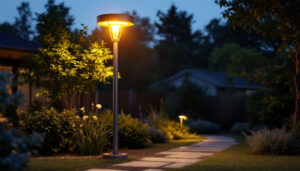

In the realm of industrial settings, effective lighting is not just about illumination; it plays a crucial role in enhancing productivity, safety, and overall operational efficiency. For lighting contractors, mastering industrial light fixtures is essential to meet the diverse needs of various industries. This article delves into the intricacies of industrial lighting, offering insights and strategies that contractors can employ to excel in this specialized field.
The first step in mastering industrial light fixtures is understanding the unique lighting needs of different industrial environments. Each sector has specific requirements based on its operations, safety standards, and the nature of the work being performed. Proper lighting not only enhances productivity but also plays a critical role in ensuring the safety and well-being of workers in these environments.
Industrial environments can vary significantly, ranging from manufacturing plants and warehouses to distribution centers and assembly lines. Each type of facility presents distinct challenges and requirements for lighting. For instance, a manufacturing plant may require high-intensity lighting to ensure precision and safety during assembly, while a warehouse might prioritize energy-efficient solutions that provide adequate visibility without excessive glare. Additionally, specialized areas such as laboratories or clean rooms may necessitate specific lighting that minimizes dust accumulation and promotes a sterile environment, further complicating the lighting design process.
Lighting contractors must also be aware of the regulatory standards that govern industrial lighting. Compliance with safety regulations, such as those set by the Occupational Safety and Health Administration (OSHA), is paramount. These regulations dictate minimum illumination levels, emergency lighting requirements, and the need for proper maintenance of lighting systems. Understanding these standards helps contractors design lighting solutions that not only meet but exceed regulatory expectations. Furthermore, staying updated on local codes and international standards, such as those from the International Electrotechnical Commission (IEC), is essential for ensuring that lighting installations are safe, efficient, and legally compliant. This knowledge also aids in the selection of fixtures that are durable and suitable for the specific environmental conditions they will face, such as humidity, temperature fluctuations, and exposure to chemicals.
With a clear understanding of the industrial environment and its lighting needs, the next step is selecting the appropriate fixtures. The choice of fixtures can significantly impact energy efficiency, maintenance costs, and overall effectiveness. Moreover, the right fixtures can enhance productivity and safety in the workplace, making it essential to consider not just the technical specifications but also the specific tasks and workflows that will take place under the lighting.
There are several types of industrial light fixtures available, each designed for specific applications. Common options include LED high bays, fluorescent fixtures, and metal halide lights. LED high bays are particularly popular due to their energy efficiency and long lifespan, making them ideal for large spaces with high ceilings. Fluorescent fixtures, while less energy-efficient than LEDs, can still be effective in certain applications, especially where initial costs are a concern. Additionally, metal halide lights, known for their bright, white light, are often used in outdoor settings or large warehouses, providing excellent visibility but requiring more frequent maintenance and replacement compared to LEDs.
Energy efficiency is a critical consideration for lighting contractors. Not only does it impact operational costs for clients, but it also aligns with sustainability goals. LED fixtures are often the go-to choice for energy efficiency, offering significant savings over traditional lighting options. Contractors should be well-versed in the latest technologies and trends in energy-efficient lighting to provide clients with the best solutions. Furthermore, incorporating smart lighting controls, such as motion sensors and dimmers, can further enhance energy savings by ensuring that lights are only used when necessary. This not only reduces electricity consumption but also extends the lifespan of the fixtures, leading to lower maintenance costs over time. Understanding the balance between upfront investment and long-term savings is crucial for making informed decisions that benefit both the environment and the bottom line.
Once the fixtures have been selected, the next step is to design an effective lighting plan. A well-thought-out lighting design enhances visibility, improves safety, and boosts productivity. Proper lighting can also create an inviting atmosphere, making spaces more comfortable and enjoyable for occupants. Whether it’s a bustling office, a cozy restaurant, or a retail store, the right lighting can significantly influence the mood and functionality of the environment.
Before implementing a lighting plan, conducting a thorough lighting audit is essential. This involves assessing the current lighting conditions, identifying areas that require improvement, and understanding the specific tasks being performed in each area. A lighting audit provides valuable insights that inform the design process, ensuring that the final solution meets the needs of the facility. During the audit, it’s also important to consider the natural light sources available in the space, as they can greatly affect how artificial lighting is utilized. By analyzing the interplay between natural and artificial light, designers can create a more harmonious lighting scheme that maximizes energy efficiency and enhances the overall aesthetic.
Modern lighting design often involves the use of specialized software that allows contractors to simulate lighting conditions before installation. These tools can help visualize how different fixtures will perform in a given space, allowing for adjustments to be made before any physical work begins. Utilizing lighting software not only streamlines the design process but also enhances accuracy and client satisfaction. Additionally, many of these programs come equipped with features that allow for the calculation of energy consumption and cost savings, helping stakeholders make informed decisions that align with sustainability goals. By presenting detailed simulations and analyses, designers can effectively communicate their vision to clients, ensuring that everyone is on the same page before moving forward with the project.
Effective installation is as crucial as the design itself. Proper installation ensures that the lighting system functions as intended and meets safety standards.
Safety should always be a top priority during installation. Contractors must adhere to safety protocols, including using appropriate personal protective equipment (PPE) and following guidelines for working at heights. Additionally, ensuring that all electrical connections are secure and compliant with local codes is vital to prevent hazards.
In many industrial projects, lighting contractors will need to collaborate with other trades, such as electricians and general contractors. Effective communication and coordination among all parties involved can help prevent delays and ensure a smooth installation process. Establishing clear lines of communication from the outset can lead to a more efficient workflow and better overall results.
Once the lighting system is installed, ongoing maintenance is essential to ensure optimal performance and longevity. Regular maintenance not only extends the lifespan of the fixtures but also helps maintain safety and efficiency.
Lighting contractors should work with clients to establish a maintenance schedule that includes regular inspections, cleaning, and bulb replacements. A proactive maintenance approach can prevent issues before they arise, reducing downtime and ensuring that the lighting system continues to operate at peak efficiency.
Incorporating smart lighting technology can also enhance maintenance efforts. Smart systems allow for remote monitoring and diagnostics, enabling contractors to identify potential issues before they become major problems. This technology not only improves efficiency but also provides clients with valuable data on energy usage and performance.
The field of industrial lighting is constantly evolving, with new technologies and trends emerging regularly. Staying informed about these trends is essential for lighting contractors who wish to remain competitive.
Smart lighting solutions are gaining traction in industrial applications. These systems offer advanced features such as occupancy sensors, daylight harvesting, and remote control capabilities. By integrating smart technology, contractors can provide clients with customizable lighting solutions that enhance energy efficiency and user experience.
As industries increasingly prioritize sustainability, lighting contractors must adapt by offering eco-friendly solutions. This includes recommending energy-efficient fixtures, utilizing sustainable materials, and promoting practices that reduce environmental impact. Understanding the importance of sustainability can help contractors position themselves as leaders in the industry.
Effective communication with clients is a cornerstone of successful lighting contracting. Educating clients about their lighting options and the benefits of various technologies can lead to more informed decision-making.
When presenting proposals, clarity is key. Contractors should provide detailed information about the proposed lighting solutions, including cost estimates, energy savings, and expected outcomes. Clear proposals not only build trust but also help clients understand the value of the services being offered.
After the installation is complete, follow-up communication is essential. Gathering feedback from clients can provide valuable insights into the effectiveness of the lighting solutions and highlight areas for improvement. This ongoing relationship can lead to repeat business and referrals, further solidifying a contractor’s reputation in the industry.
Mastering industrial light fixtures requires a combination of technical knowledge, effective communication, and a commitment to ongoing education. By understanding the unique needs of industrial environments, selecting the right fixtures, designing effective lighting plans, ensuring proper installation, and maintaining systems, lighting contractors can excel in this specialized field.
Staying abreast of trends, prioritizing client education, and fostering strong relationships will further enhance a contractor’s ability to deliver exceptional lighting solutions. In an industry where safety, efficiency, and sustainability are paramount, mastering industrial light fixtures is not just an advantage; it is a necessity for success.
Ready to elevate your industrial lighting projects to new heights? At LumenWholesale, we provide lighting contractors like you with the highest quality, spec-grade industrial light fixtures at unbeatable wholesale prices. Say goodbye to local distributor markups and hello to a vast selection of reliable, high-performance lighting that meets the most rigorous industry standards. Plus, with free shipping on bulk orders, you can enjoy premium lighting solutions at the best value — all without hidden fees or compromises. Don’t miss out on the perfect blend of quality, affordability, and convenience. Visit LumenWholesale now for Wholesale Lighting at the Best Value and transform your lighting capabilities today.
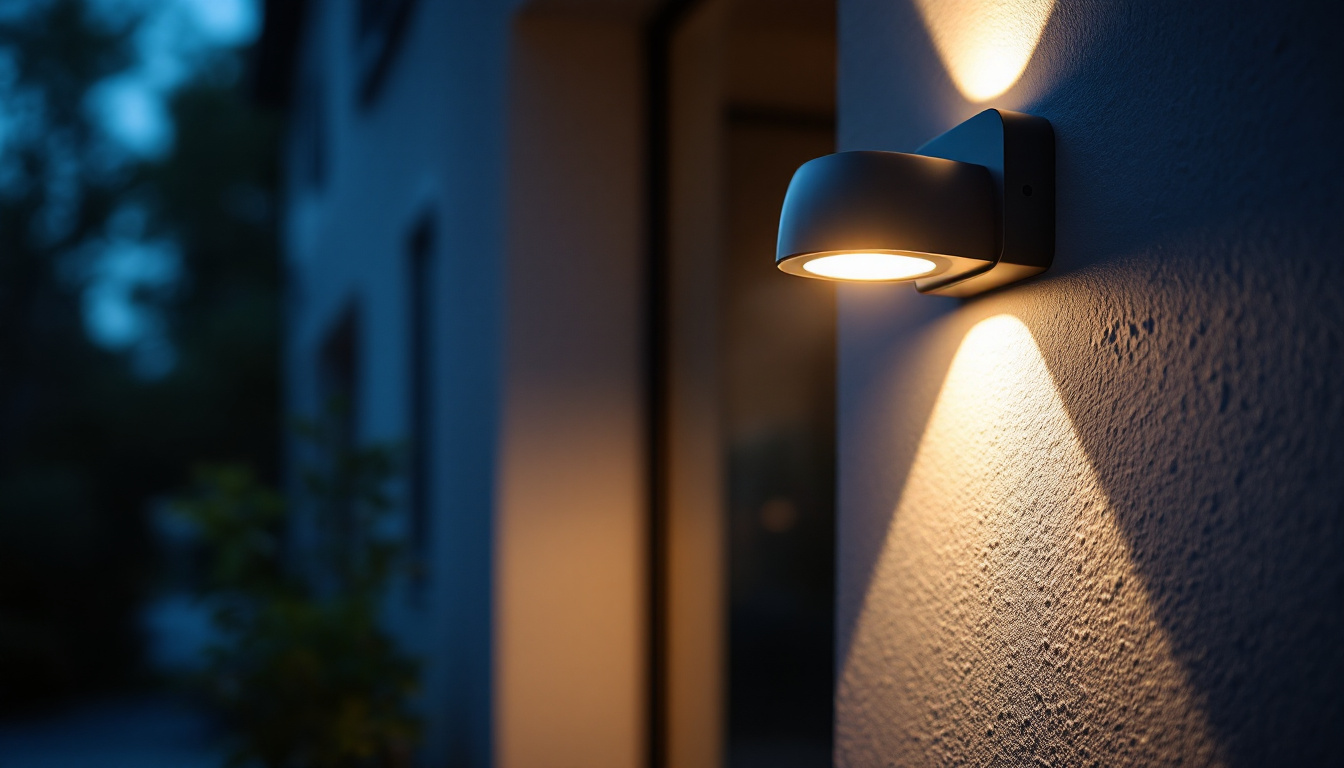
Explore the transformative journey of security lamps in the lighting industry, from traditional designs to cutting-edge smart technology.
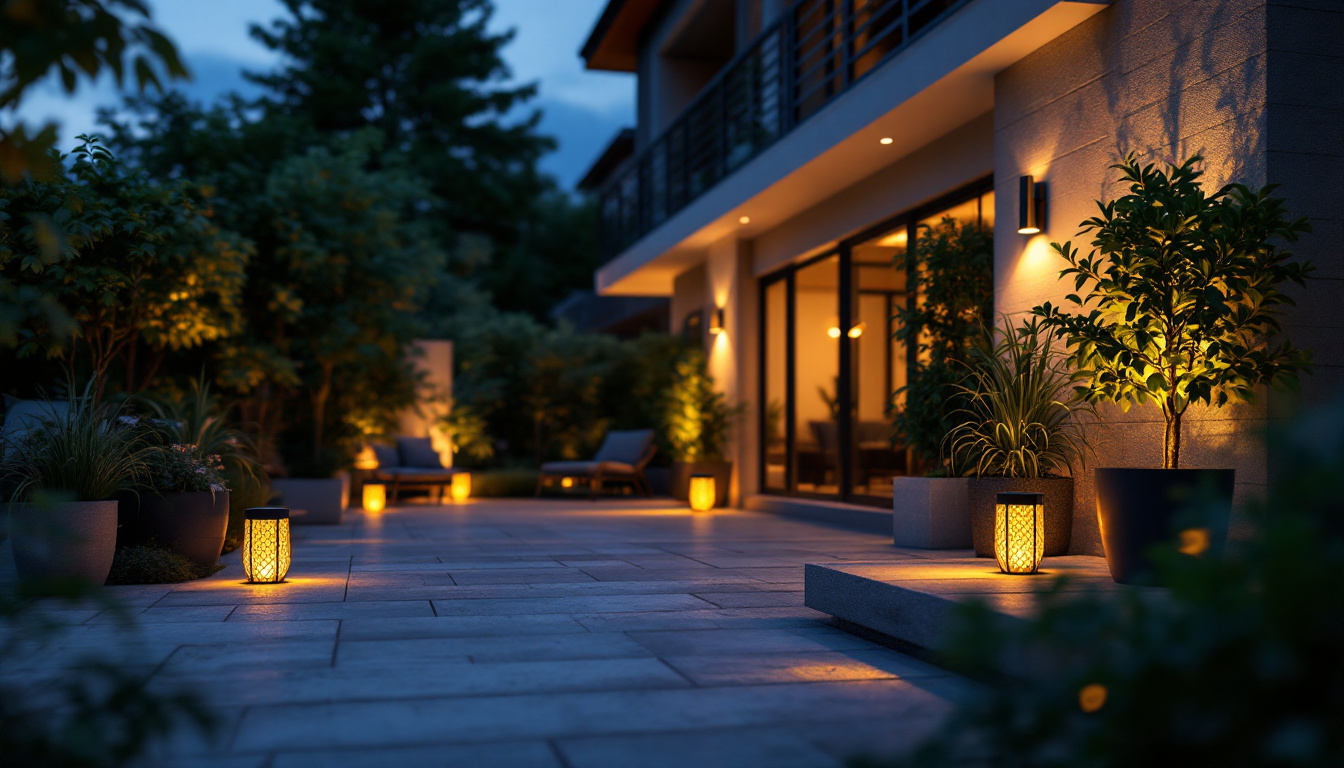
Discover the benefits and considerations of solar exterior lights for lighting contractors.
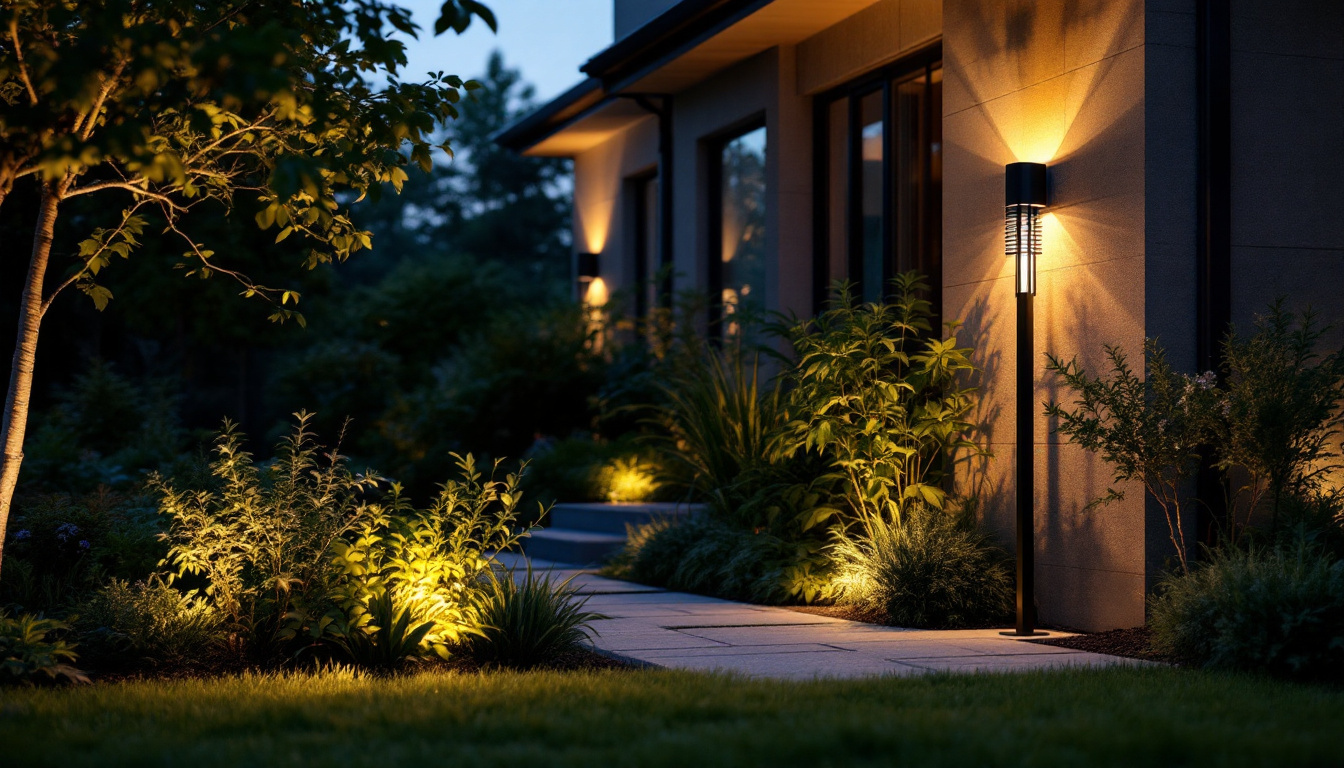
Discover how Yard Light Eye is revolutionizing the future of lighting design and installation with cutting-edge technology and sustainable solutions.
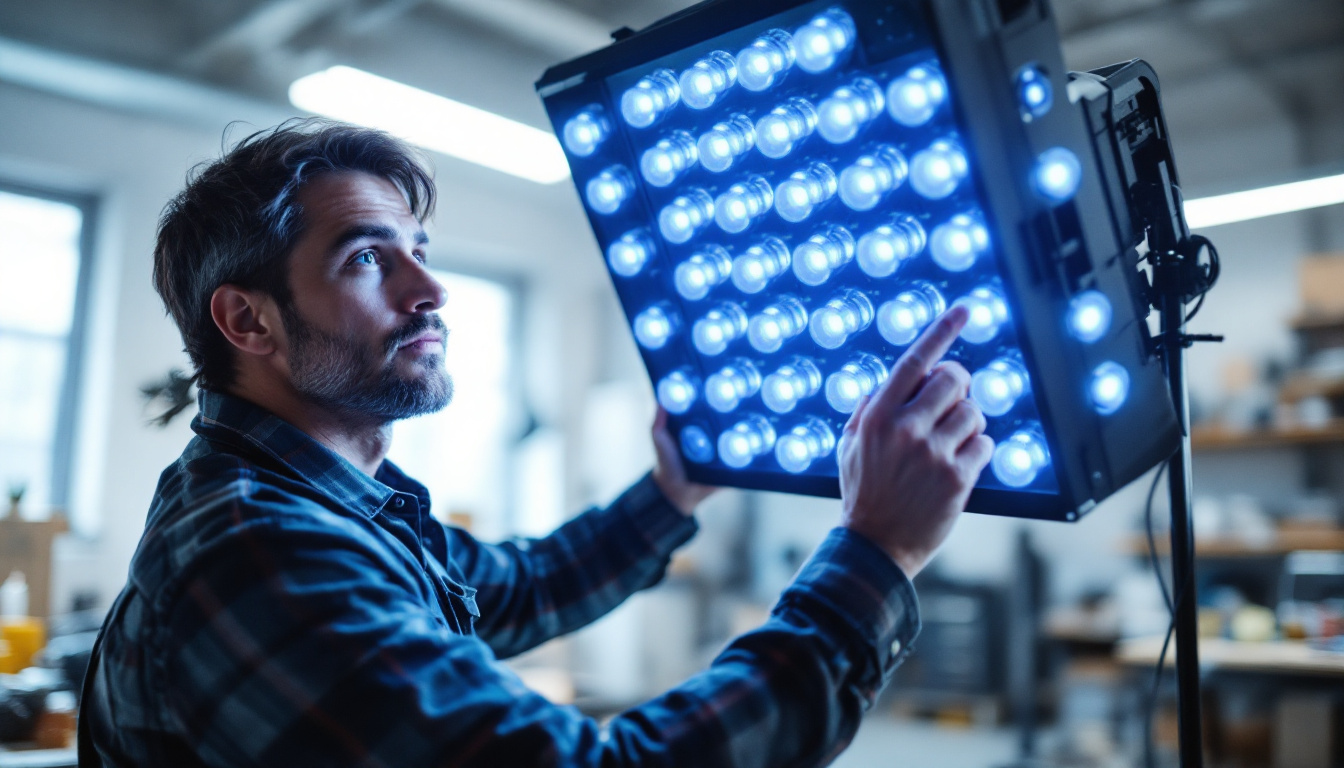
Discover why lighting contractors should prioritize the innovative A 19 bulb in their projects.
Get notified when NEW deals are released.
Optimize your budget with wholesale discounts.
Only top-quality, specification-grade lighting products.
No additional costs at checkout - what you see is what you pay.
We understand the unique needs of contractors.